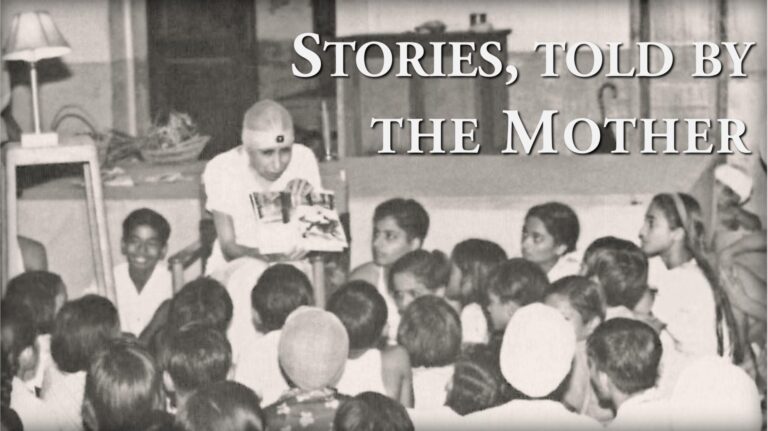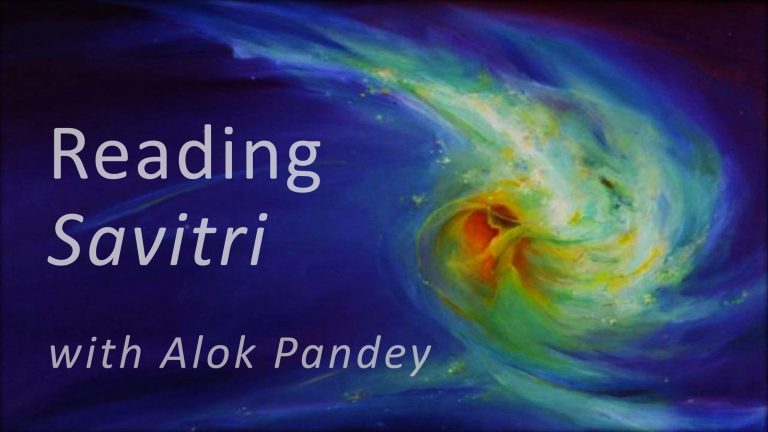There is a common misconception that Sanatana Dharma is only about certain religious rituals, festivals, belief in and worship of gods and goddesses and a way of life inbuilt in its culture. These things are no doubt there but they neither form the core nor even the main aspects of Sanatana Dharma. Sanatana Dharma is an all-comprehending, all-encompassing, all-inclusive way of life that has its own unique way of looking at everything. Not only does it shed its light upon every sphere of human activity but also holds a lamp to guide us through the entire field of human action turning it into a labour to feed our spiritual growth. Nor is it oblivious of the fact the growth of the individual is incomplete without the growth of the human collectivities as well. Its wide vision includes not only the life of man but the life of bird and beast, plant and tree, rivers and mountains, planetary system and the stars. Its cosmology includes not only our earth and the material universe as well as other universes, their beings and forces and their impact upon earth and humanity. Nothing is left out of its ambit of discussion and inquiry, nothing which is a taboo for human thought and understanding, nothing about which it has not pondered and shed its light and tried to give answers. Most importantly its answers often endure the rub and change of Time because instead of giving us a list of do’s and don’ts that may be contextual and temporal, it almost invariably sees them in the light of something higher and deeper giving us rather principles of action rather than dictating to us as to how to do it.
Sri Aurobindo reveals to us the true place and meaning of struggle, destruction and even war in existence:
‘War and destruction are not only a universal principle of our life here in its purely material aspects, but also of our mental and moral existence. It is self-evident that in the actual life of man intellectual, social, political, moral we can make no real step forward without a struggle, a battle between what exists and lives and what seeks to exist and live and between all that stands behind either. It is impossible, at least as men and things are, to advance, to grow, to fulfil and still to observe really and utterly that principle of harmlessness which is yet placed before us as the highest and best law of conduct. We will use only soul-force and never destroy by war or any even defensive employment of physical violence? Good, though until soul-force is effective, the Asuric force in men and nations tramples down, breaks, slaughters, burns, pollutes, as we see it doing today, but then at its ease and unhindered, and you have perhaps caused as much destruction of life by your abstinence as others by resort to violence; still you have set up an ideal which may some day and at any rate ought to lead up to better things. But even soul-force, when it is effective, destroys. Only those who have used it with eyes open, know how much more terrible and destructive it is than the sword and the cannon; and only those who do not limit their view to the act and its immediate results, can see how tremendous are its after-effects, how much is eventually destroyed and with that much all the life that depended on it and fed upon it. Evil cannot perish without the destruction of much that lives by the evil, and it is no less destruction even if we personally are saved the pain of a sensational act of violence…..
It is only a few religions which have had the courage to say without any reserve, like the Indian, that this enigmatic World-Power is one Deity, one Trinity, to lift up the image of the Force that acts in the world in the figure not only of the beneficent Durga, but of the terrible Kali in her blood-stained dance of destruction and to say, “This too is the Mother; this also know to be God; this too, if thou hast the strength, adore.” And it is significant that the religion which has had this unflinching honesty and tremendous courage, has succeeded in creating a profound and wide-spread spirituality such as no other can parallel. For truth is the foundation of real spirituality and courage is its soul. Tasyai satyam āyatanam.
All this is not to say that strife and destruction are the alpha and omega of existence, that harmony is not greater than war, love more the manifest divine than death or that we must not move towards the replacement of physical force by soul-force, of war by peace, of strife by union, of devouring by love, of egoism by universality, of death by immortal life. God is not only the Destroyer, but the Friend of creatures; not only the cosmic Trinity, but the Transcendent; the terrible Kali is also the loving and beneficent Mother; the lord of Kurukshetra is the divine comrade and charioteer, the attracter of beings, incarnate Krishna. And whithersoever he is driving through all the strife and clash and confusion, to whatever goal or godhead he may be attracting us, it is—no doubt of that—to some transcendence of all these aspects upon which we have been so firmly insisting. But where, how, with what kind of transcendence, under what conditions, this we have to discover; and to discover it, the first necessity is to see the world as it is, to observe and value rightly his action as it reveals itself at the start and now; afterwards the way and the goal will better reveal themselves. We must acknowledge Kurukshetra; we must submit to the law of Life by Death before we can find our way to the life immortal; we must open our eyes, with a less appalled gaze than Arjuna’s, to the vision of our Lord of Time and Death and cease to deny, hate or recoil from the universal Destroyer.’ [Sri Aurobindo: Essays on the Gita: 42, 45-46]




